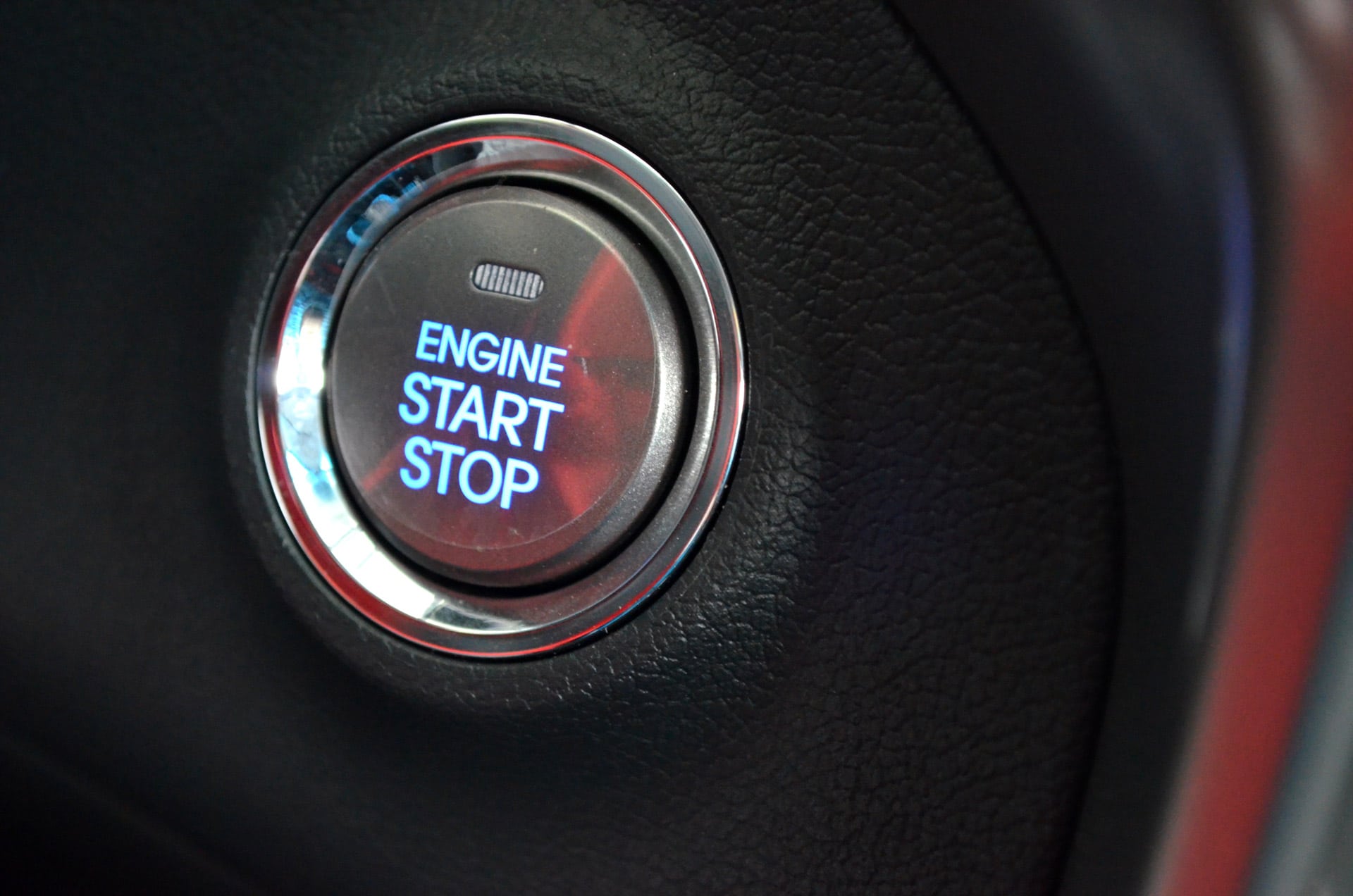The future of vehicular technology is here, and growing at an exponential rate. Keyless systems have already made their way into mass consumerism. In fact, they first began appearing in luxury vehicles in the late 1990s and have now become more common. By 2008, keyless ignitions comprised 11% of all vehicles sold in the United States. And by 2018, it was considered standard in 62% of vehicles.
Although this push-to-start system is widely recognized today, the future of the ignition is much more complex, and aims to address many of the safety questions people have about the keyless ignition—namely that it’s susceptible to hacking if a radio signal can be intercepted by the keyless fob. Among many of features planned for the future of cars—like fully autonomous vehicles, for instance—there will certainly be improvements made in the way you start and stop a car. Here’s what you can expect from the future of key ignitions:
Passive Immobilizer
A passive engine immobilizer is a top-of-the-line anti-theft system that utilizes a chip-enabled smart key to start a vehicle. In this case, a vehicle wouldn’t actually start unless it was engaged with the proper chip, similarly to the way chip-enabled credit cards work at shopping terminals. This system is highly sophisticated, and will make it much more difficult to for cars to be stolen, or even hacked. On the downside, it would be very costly to replace this type of key, which has the transponder chip embedded directly into the fob.
Currently, premium car brands like BMW are already utilizing this advanced technology. For example, some BMW vehicles have two-tier security keys that consist of a permanent personal code, and a changing secondary code. Each time the key enables the engine to start, the vehicle changes the second code and stores it into the key. Because of this, the engine will first require the personal code to start, and then read the second, constantly-changing code. Think of this like the vehicle equivalent to two-factor authentication.
Facial & Fingerprint Scanner
According to a report conducted by Markets & Markets, the value of biometric vehicle access systems will increase nearly $845 billion by 2023, double its current value today. So what is biometric access? Biometrics is the use of physical data to verify identity and gain access to various pieces of technology. In this case, it refers to facial, eye, and fingerprint scanning to start an engine in a vehicle.
Believe it or not, there are already millions of cars on the road that already have some type of biometric systems already installed. However, the biggest hurdle in getting biometrics in every vehicle is the price sensitivity in the automobile industry, as well as the long manufacturing cycle.
In the nearer future, many manufacturers are considering tying this facial recognition system into smart phones, which would eliminate the need for the vehicle to have the feature directly embedded into its own system.
Still in the growing phase, the eye scanner sector is expected to grow most high in the Asia and Pacific markets. However, the general biometric system is currently the strongest in Europe, with manufacturers like Mercedes-Benz, BMW, and Volkswagen leading the way.
Higher Security
What’s most important to recognize among the future of the car’s key ignition is the increased level of safety. In 2017, $6 billion was lost due to motor vehicle theft. In 2017, there was one vehicle reported for theft every 41 seconds. With such high motor vehicle theft statistics, there’s plenty to be concerned about here, and future of key ignitions help address those issues.
“Aside from the convenience biometrics offers consumers, such as the ability to unlock cars by just walking up to them via facial or gait recognition, biometrics also affords much stronger security than do physical car keys or fobs which can be much more easily stolen or replicated as has been proven in the past,” Avivah Litan, an analyst at Gartner Research, said in an interview.
With each stride taken towards reducing the amount of thefts, so too does the security for vehicles increase. Even companies like Harmon are coming up with unique ways to address some of the safety concerns revolving around the future of vehicle technology, like self-driving cars. Fatigue detection, external airbags, and blind spot monitoring are all safety features that complement the ignition features of the future.
As cars become increasingly safer, it may even be possible to discuss car insurance coverage details with your provider and identify cost-saving opportunities. Generally, the safer your car is from theft, the lower your vehicle is susceptible to risk. As these features are rolled out, you can take advantage of lower premiums when you car has strong anti-theft capabilities built into it.







